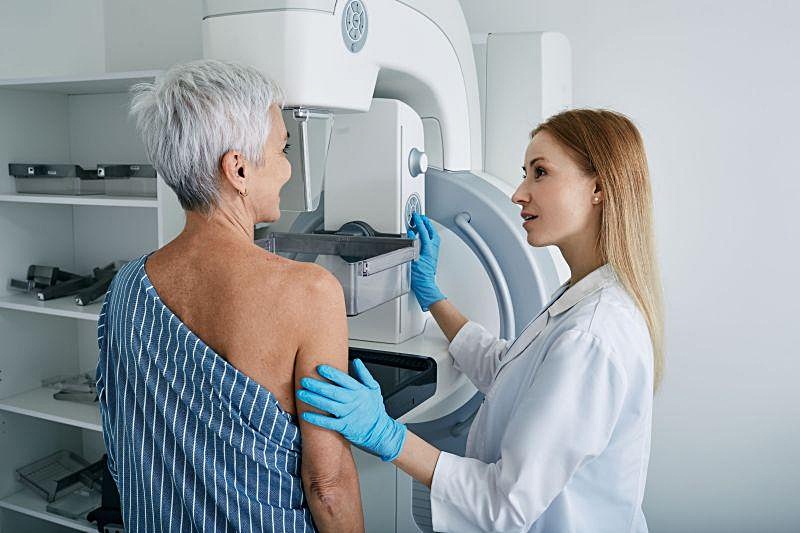As of September 10th, the U.S. Food and Drug Administration (FDA) has announced a new update that requires all women undergoing mammography for breast cancer to be informed about the density of their breasts. According to the FDA, dense breast tissue can make it more challenging to detect cancer on a mammogram. Fibroglandular tissue, which appears white on mammograms, can be mistaken for cancer tumors. This is significant as approximately half of women over 40 in the United States have dense breast tissue. Additionally, dense breasts are a known risk factor for breast cancer development.
In contrast, breasts that are not considered dense have a higher amount of fat, which appears black on mammograms. This contrast facilitates the identification of white cancer tumors.
Dr. Jennifer Harvey, clinical radiologist and chair of imaging sciences at the University of Rochester, compared the challenge of detecting cancer in women with dense breast tissue to “looking for a snowman in a snowstorm,” emphasizing the difficulty faced by healthcare professionals.
Although breast density tends to decrease with age, some older women may still have extremely dense breast tissue. Professor Karla Kerlikowske, a researcher specializing in breast imaging and breast cancer epidemiology at the University of California, San Francisco, noted that women would not be aware of their breast density unless tested via a mammogram.
An interesting finding from a study indicated that over a span of 10 years, annual digital mammography carries a 56 percent chance of a false positive, compared to a 38 percent chance with biennial digital mammography. On the other hand, tomosyntheses, also known as 3D mammograms, have lower chances of false positives and false negatives.
In about 8-10% of women undergoing screening mammography, additional imaging such as extra mammography images or ultrasound may be required. Of these cases, approximately one in ten will be recommended for a biopsy. The ultimate goal is to detect early stages of breast cancer, which necessitates careful evaluation and, if needed, biopsy to determine if cancer is present.
Dr. Harvey advises women with dense breasts who receive a negative mammogram result to consult with their healthcare provider about the possibility of additional tests such as ultrasound and MRIs. Although these tests may be more sensitive in detecting breast cancer, they tend to be costly and carry a risk of false positives.
Besides breast density, other factors that increase a woman’s risk of breast cancer include age, having a first-degree relative diagnosed with breast cancer, having the BRCA1 or BRCA2 gene mutation, or having undergone chest radiation therapy before the age of 30. Based on the recommendations of the American Cancer Society, women with at least a 20 percent chance of developing breast cancer should consider getting breast MRIs.
Discover more from Tension News
Subscribe to get the latest posts sent to your email.

